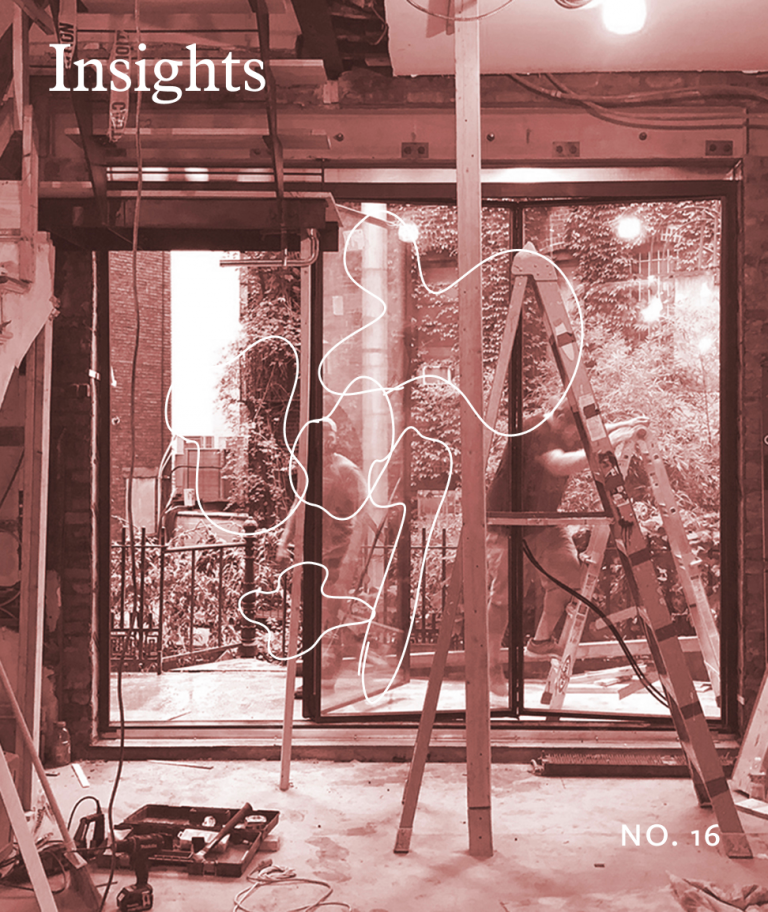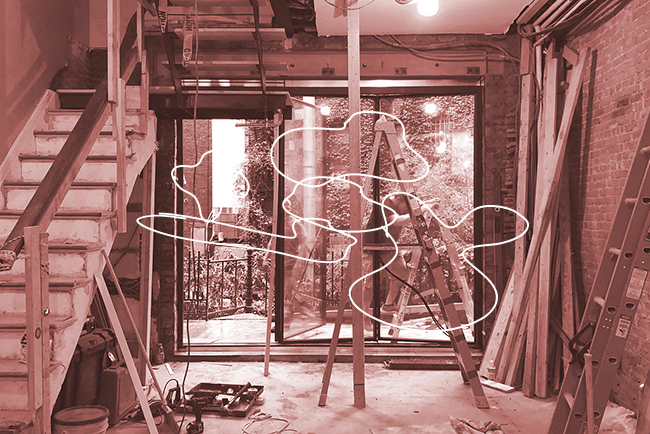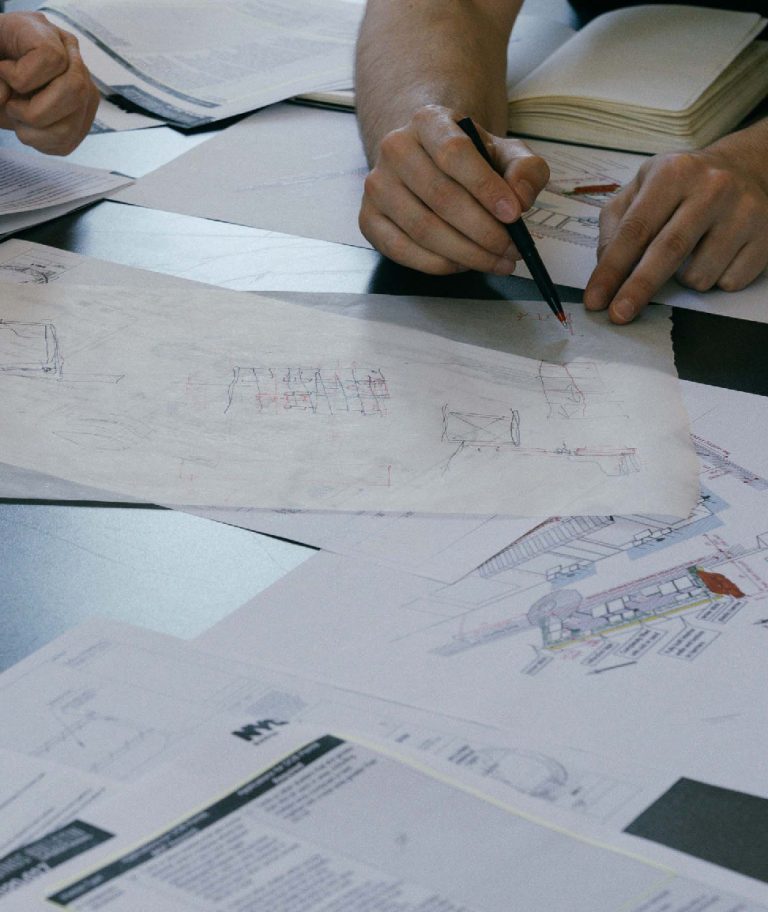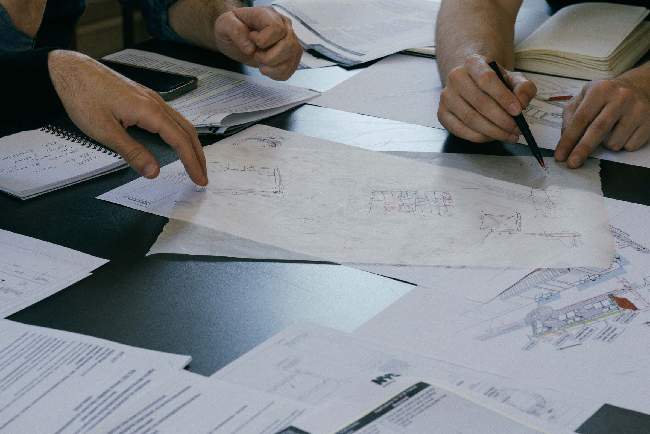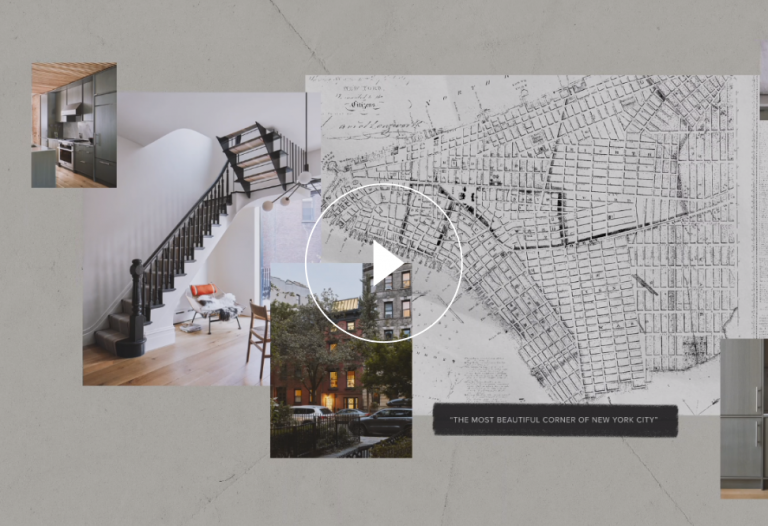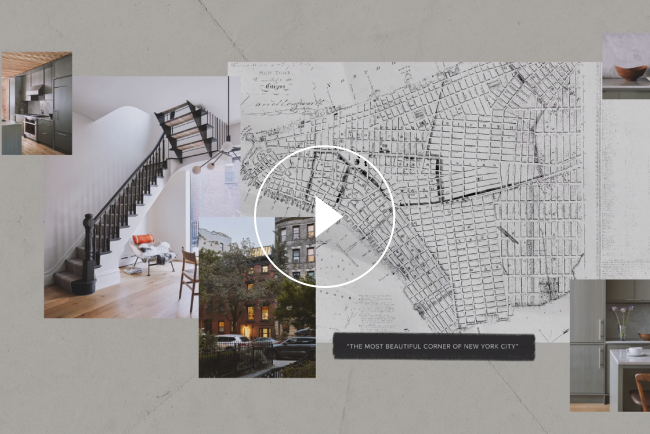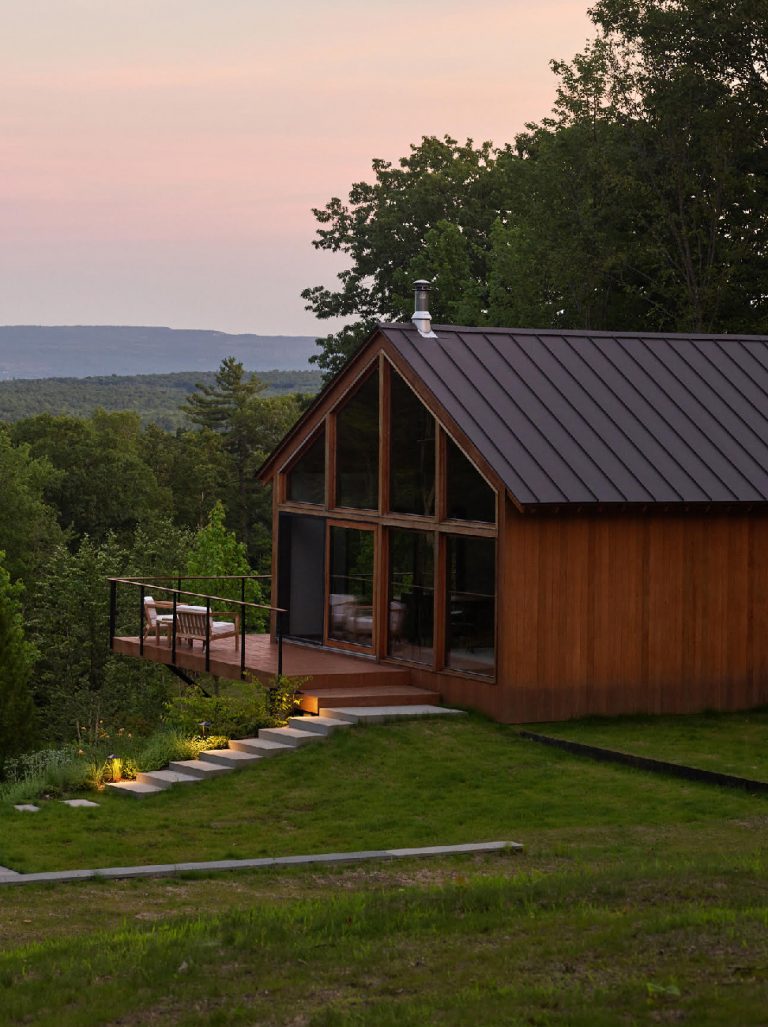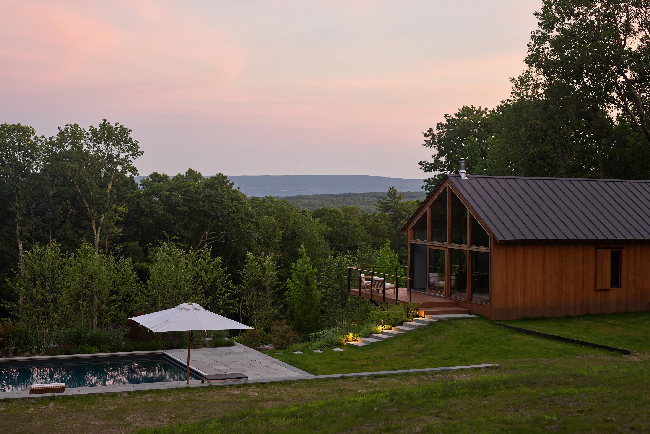Designers and Makers: How Creative Collaboration Yields the Best Work
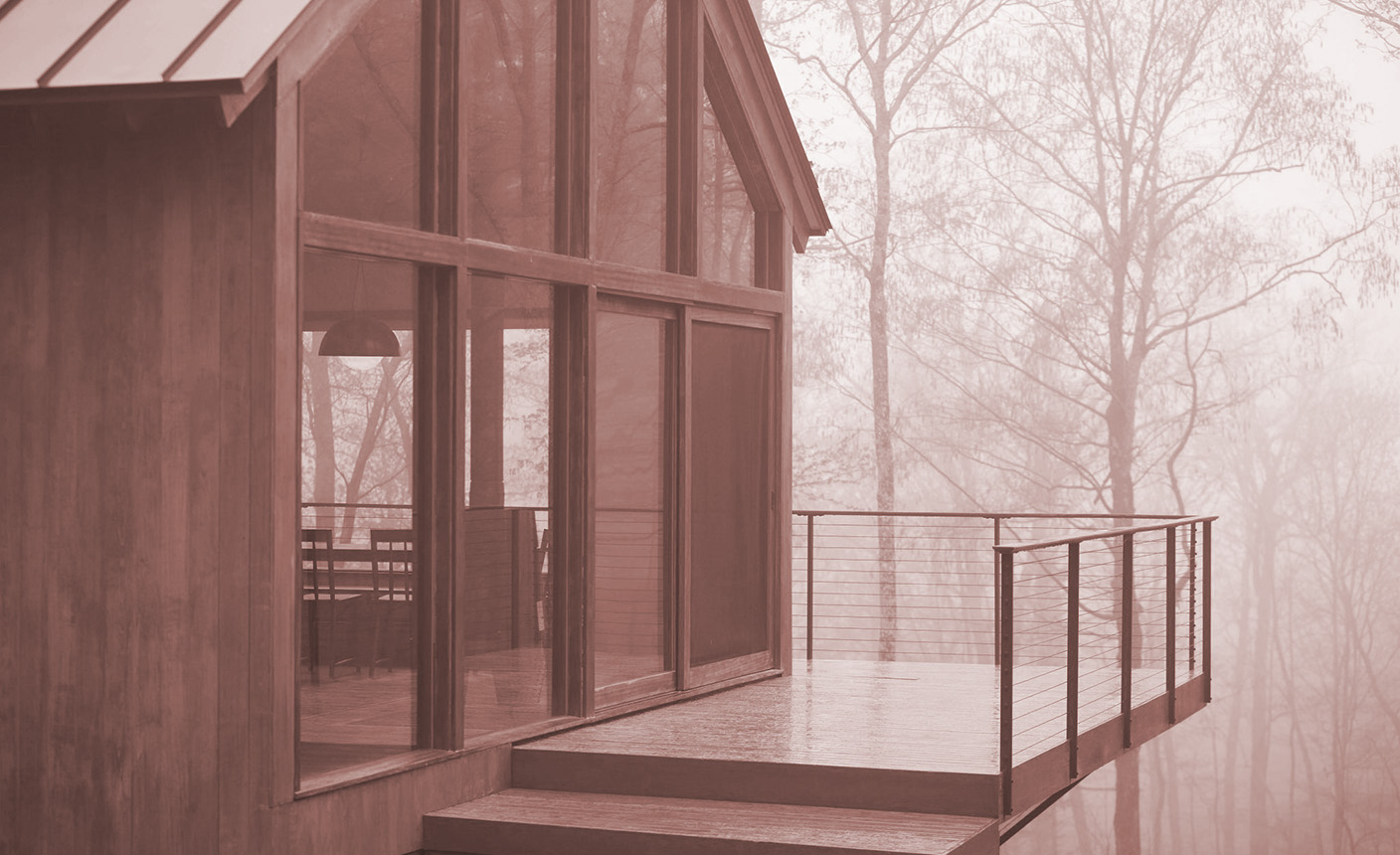
There’s something magical that happens when designers successfully collaborate with makers on projects. I’ve been fortunate to collaborate with talented makers working in a variety of media, and the design and construction result is often better than what I could have achieved on my own.
I collaborate frequently with Andrew Becker, who was an intern in our studio early in his career. Andrew is a talented craftsman and a skilled designer in his own right. I admire his commitment to craft, his design acumen, and his fierce insistence on getting the job done right. When our team was first developing Hudson Woods, we approached Andrew to collaborate with us on a custom metal railing system for the project. We worked closely together to refine the design, engineer a system that could be repeated, and source the components. The finished design and construction of the railing system was exceptional at the level of design, craft, and the way it fit seamlessly into the aesthetic and ethos of our Hudson Woods project.
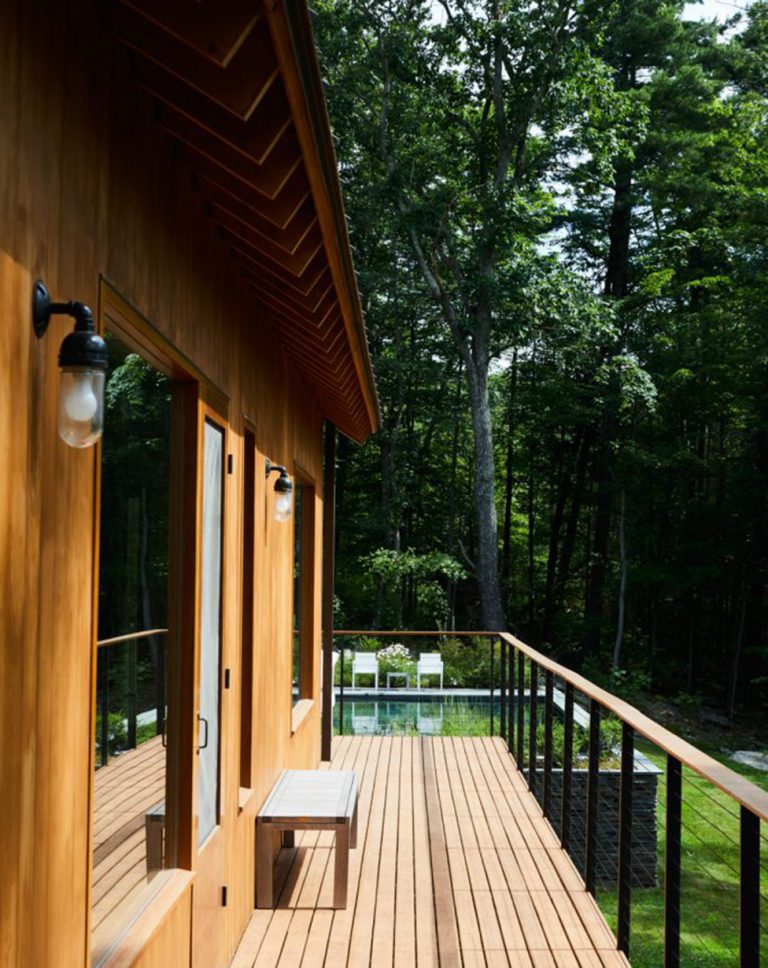
Andrew Becker’s railing system at Hudson Woods
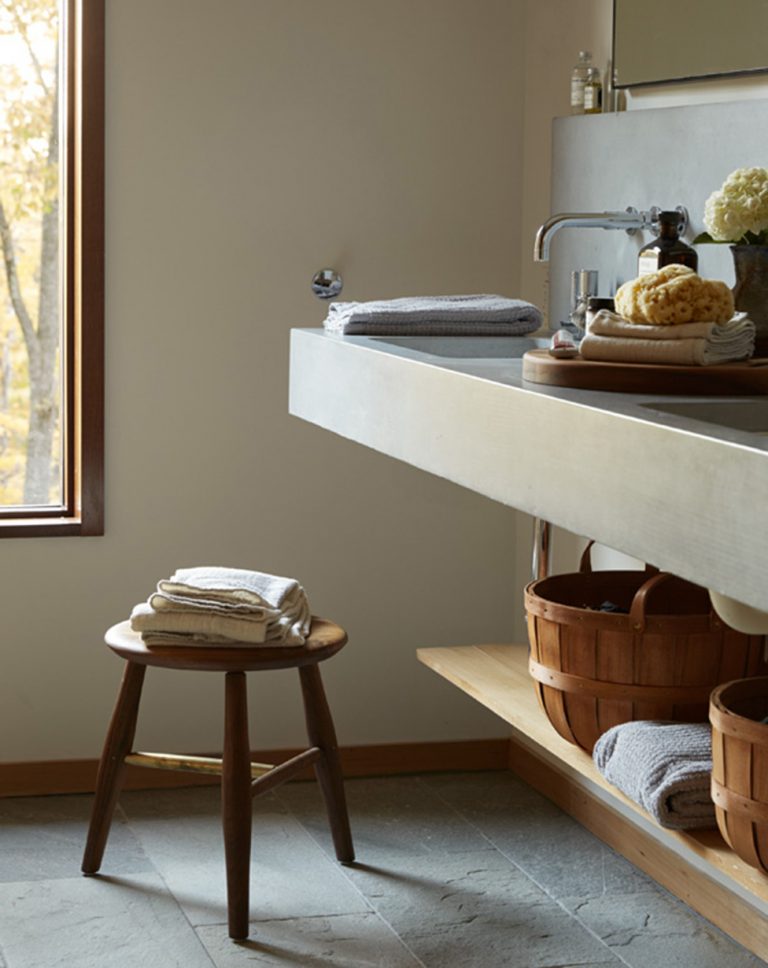
A True Form Concrete sink at Hudson Woods
